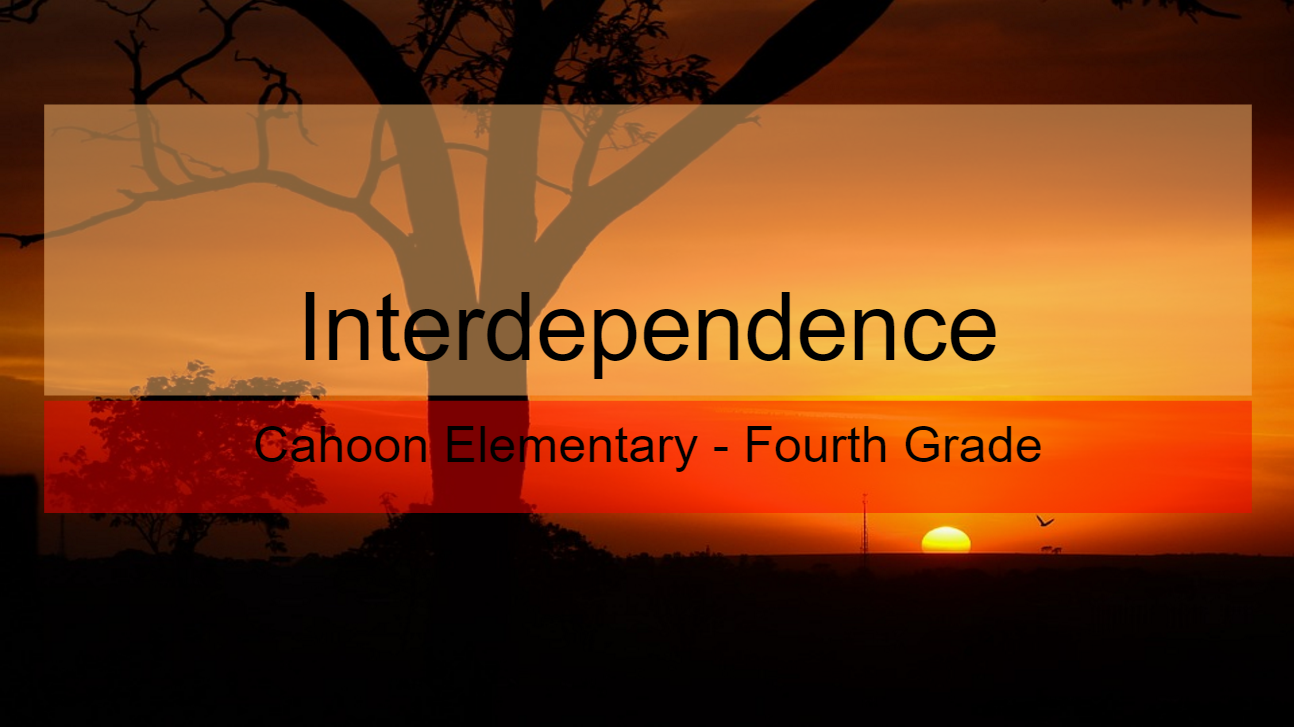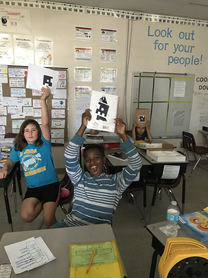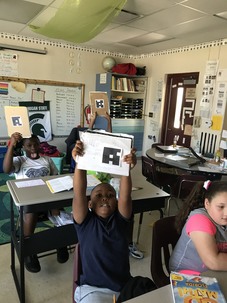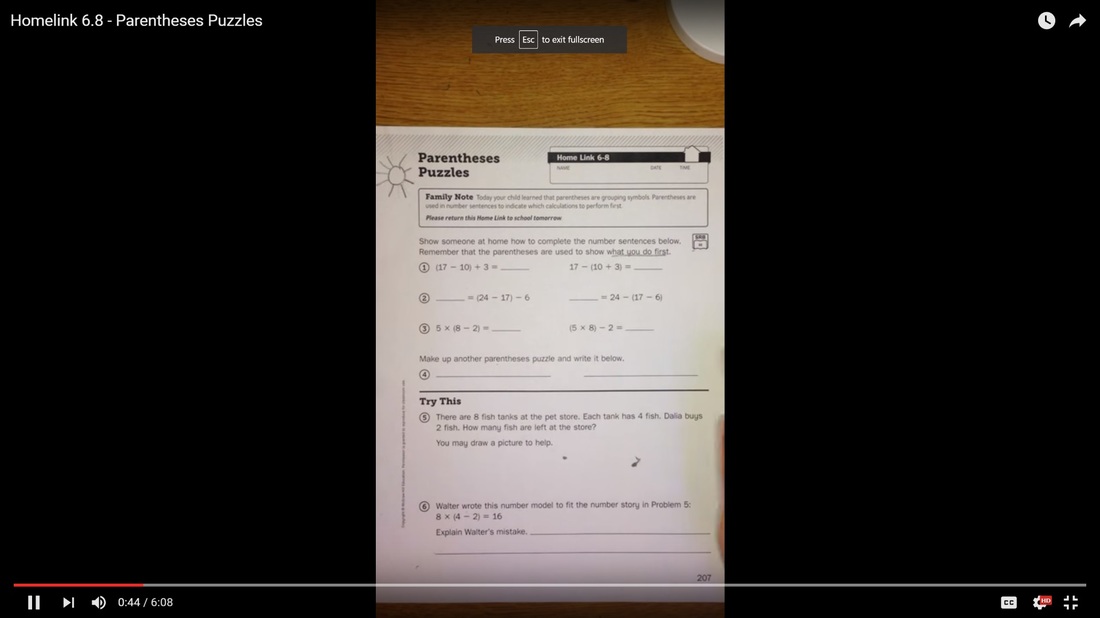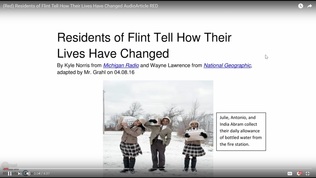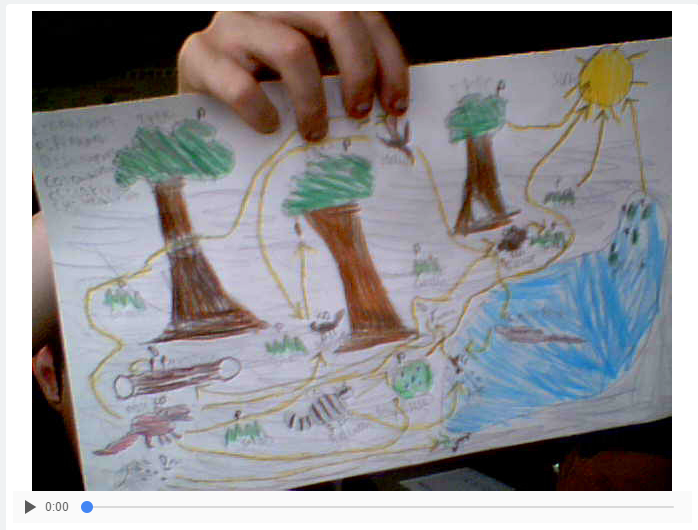Technology in the Classroom
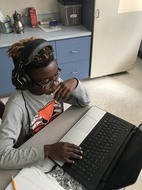
Part of creating authentic learning experiences for children is to recognize the integral part that technology plays in their lives. Technological literacy is a 21st century skill that is already required of our students in their everyday lives and certainly will be in their lives as productive adults. My classroom this year had three desktop computers and one laptop cart shared throughout the school. Even with limited availability, multimodality can and should be woven into learning. Here are some apps I used and examples from my work with technology over the years.
Google Slides and SMART Board
|
Pairing Google Slides and SMART board technology have allowed me to create interactive whole group lessons. Not only are these lessons more engaging for students, the ability to insert embedded timers has dramatically improved the pacing of teaching and learning.
Using Google Slides has also allowed me to work collaboratively with my teaching team, even remotely. These tools are extremely versatile and can be used across subjects. |
NearPod
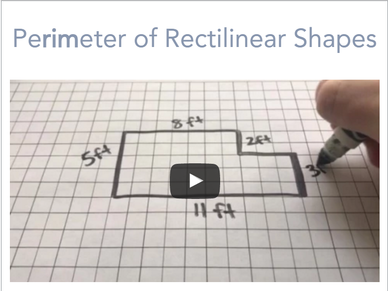
This year, I have had the opportunity to teach students with highly diverse learning needs. NearPod has allowed me to teach multiple lessons at once within the same class period.
For example, in a recent math unit on Perimeter and Area, it was immediately clear through early diagnostic assessments that many of my students had solid understanding of these standards from third grade.
I created NearPods to teach those students the extended concept of the additive nature of the area of rectilinear shapes so that I could simultaneously reteach the small group of students that were still needing more practice with the third grade standards.
Click the image to the left to view an example NearPod that I created.
For example, in a recent math unit on Perimeter and Area, it was immediately clear through early diagnostic assessments that many of my students had solid understanding of these standards from third grade.
I created NearPods to teach those students the extended concept of the additive nature of the area of rectilinear shapes so that I could simultaneously reteach the small group of students that were still needing more practice with the third grade standards.
Click the image to the left to view an example NearPod that I created.
Plickers
|
Plickers is a useful tool for formative assessments. This year I use Plickers as a way to provide immediate feedback to students during spiral review and checks for understanding. Shortening the feedback loop between performance and evaluation, allows for more reflective discussions. The kinesthetic nature of the plickers cards also allows for movement in class.
|
YoutubeYoutube is an extremely versatile tool. In the past, I have used it to provide homework help, flip my classroom in order to differentiate, and as a listening center for literacy rotations.
Click the links to the left to see some examples of Youtube in my classroom. |
SeeSawSeeSaw is a great tool for connecting parents to the work their child is doing at school. Students can use SeeSaw to create videos and share projects that they have been working on with their classmates and parents at home.
I have used SeeSaw this year as a reflective tool. It has served as a powerful closing to my lessons, allowing students to think critically about their own understanding of content. Click the link to the right to see Beckett's explanation of how energy moves through an ecosystem using the SeeSaw app. This was shared with his mom who commented: "This is amazing, Beckett! I laughed at the joke!" |
GoFormativeI used the GoFormative app to differentiate Everyday Mathematics instruction. Each day, students used ipads and laptops to engage in differentiated activities that I uploaded to GoFormative. From my own computer, as I taught a different math group, I could see and provide feedback in real-time on the work that students were doing in GoFormative.
|
